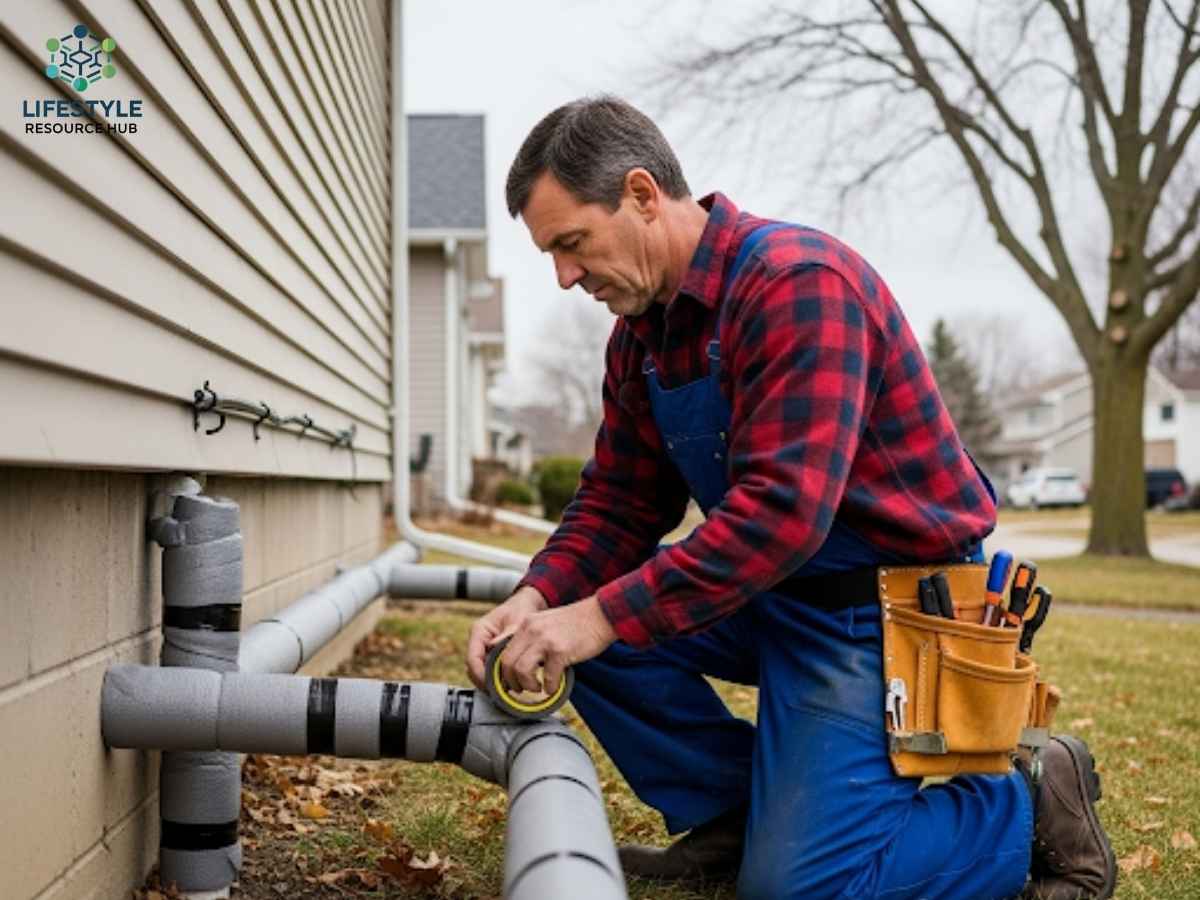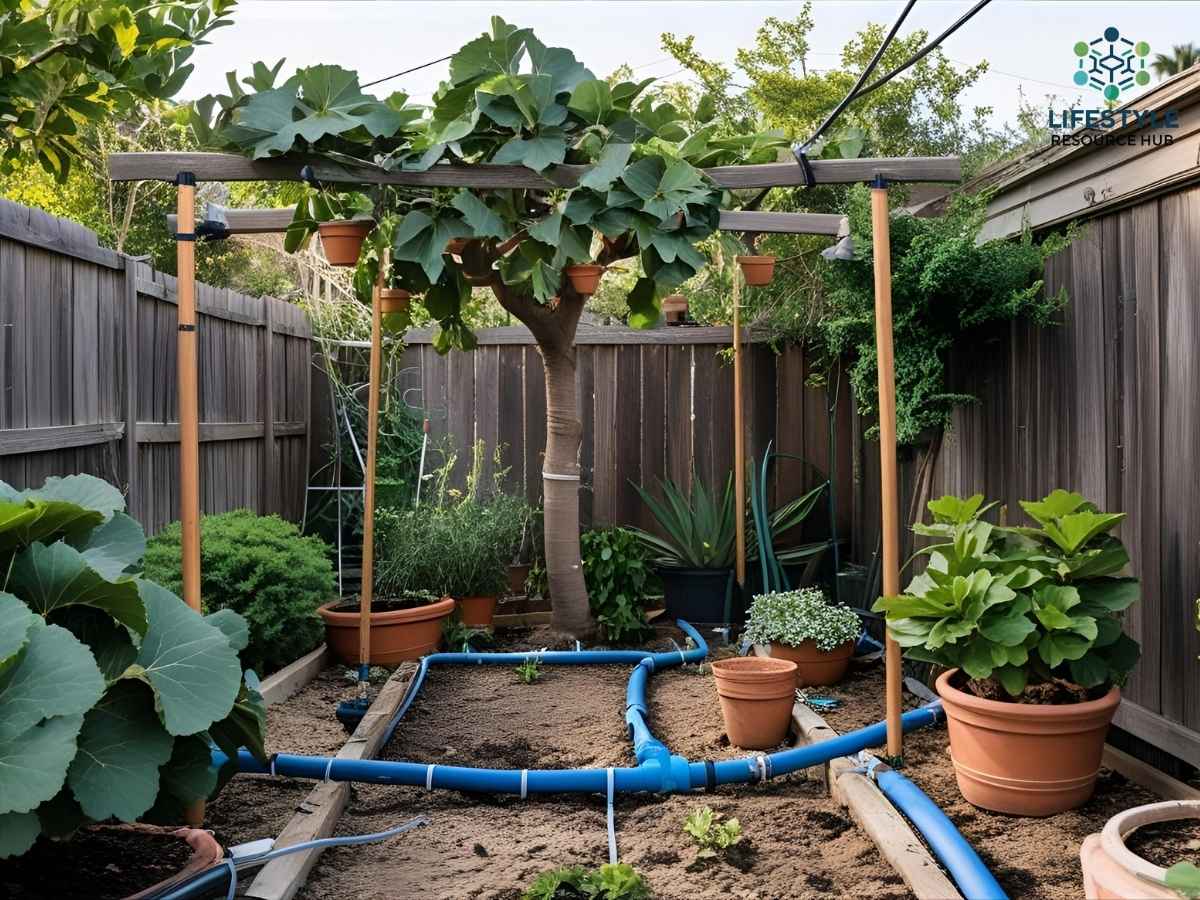Picture this: it’s a scorching August afternoon in Los Angeles, and you’re relaxing at home in Baldwin Hills (ZIP 90016), not a care in the world—until the unmistakable smell of sewage creeps in from your backyard. Your first thought? Calling the city. But if you’re among the thousands of Angelenos in hillside neighborhoods and larger lots—from Topanga (90290) to parts of Palos Verdes (90274)—you quickly realize it’s a septic tank problem, not a city sewer issue. Septic emergencies in LA are more common than you think, and handling them right means protecting your property, your health, and your wallet.
Table of Contents
Why Los Angeles Homeowners Need Smart Septic-Tank Care

Los Angeles isn’t just downtown skyscrapers and Hollywood; our city is a sprawling patchwork of microclimates, diverse soils, and unique building codes. In areas like the San Fernando Valley, the Palisades, and even tucked away sections of Laurel Canyon, septic systems are everyday infrastructure. But with LA’s dry summers, sudden winter rains, and shifting soil—routine care isn’t optional. It’s essential.
Did you know LA County requires specific permits for installation and repair? The codes aren’t just red tape; they’re designed to protect ground water and keep our communities safe from system failures.
Common LA Challenges
- Root Intrusion: Old oak trees and thirsty ficus hedges can smash through tank walls.
- Clay Soil: Makes proper drainage tricky—leading to backups in neighborhoods like Encino (91436).
- Heavy Usage: Multi-family homes and ADUs (Accessory Dwelling Units) strain tanks far beyond single-family expectations.
Solutions That Work: Maintenance and Prevention
The key to a healthy septic system is proactive care. Here’s how Los Angeles homeowners can take control:
1. Understand Your System
- Check Your Permit Records: Use LA County’s online EPIC-LA system to access and update permits.
- Know Your Tank Size: Most LA tanks range from 1,000–1,500 gallons, but older homes may have smaller ones. More bedrooms mean a bigger tank.
2. Schedule Regular Pumping
For LA’s dry-hot summers, schedule pumping at least every 3 years. In heavily used homes, consider every 2 years. Signs it’s needed sooner:
- Soggy yard even in drought.
- Foul odors—especially near driveways.
- Gurgling plumbing or slow drains.
3. Avoid Costly Repairs with Neighborhood-Smart Tips
- Limit Water Use: Install low-flow toilets and showerheads—saves tank capacity.
- Watch What You Flush: Only toilet paper; never wipes, grease, or cat litter.
- Divert Rain Runoff: A good gutter will direct water away from your system, keeping your leach field healthy.
4. Use Bacteria Boosters
Local companies often recommend biological additives after pumping to restore balance, especially after harsh cleaning products go down the drain.
Pro Tip: Always request a full system inspection—pumping alone doesn’t catch cracks, root intrusions, or failing baffles.
Real Stories: Neighborhood Case Studies
Venice Beach (90291) – Multi-Unit Challenge
The Sanchez family owns a classic duplex steps from Rose Avenue. Their septic tank, installed in the 1970s, started backing up after just two years. Inspection revealed a dense tangle of palm roots and heavy grease deposits—mostly from one tenant’s love of fried food. Working with a local crew, they pumped, snaked roots, and installed an effluent filter. Today, Sanchez’s lawn is lush, not swampy, and they know to book pumping every other year.
Topanga Canyon (90290) – Water Table Woes
Living above the valley, Marla’s hillside cabin saw sewage seeping after February rains. Turns out, high groundwater had flooded her leach field, and the tank filled quickly. After a certified inspection, the fix was simple: pump the tank, re-route guttering, and install a riser for easy future access. “I didn’t realize LA rains could fill my tank so fast,” Marla says. Now she checks her system every rainy season.
Echo Park (90026) – ADU Impact
When the Tran family converted their detached garage into an ADU, they assumed the old septic was up for the job. But after one year, showers slowed and a foul smell took over. Local experts discovered the increased load was too much for their 1,000-gallon tank. Solution? Install a new tank rated for three bedrooms, pump yearly, and educate tenants about proper waste disposal. Now both main house and ADU run trouble-free.
Top 3 Septic-Tank Pumping Services in Los Angeles
Finding a trustworthy septic expert is just as important as regular maintenance. Here are LA’s best:
1. California Pumping & Sanitation
The largest and most established provider in Southern California, they offer emergency pumping, full inspection, installation, and 24/7 service. Their Yelp reviews highlight speed and reliability from Pacific Palisades to Sherman Oaks.
- Website: californiapumping.com
2. Sewer-Man
Family-run and operating in LA for over 50 years, Sewer-Man specializes in rooter services, system cleaning, and septic repair. Known for transparent pricing and fast response in West Los Angeles, Beverly Hills, and beyond.

- Website: sewerman.com
3. Rooter-Man LA
Local favorite for reliable pumping and cleaning. Offers smart maintenance tips and budget-friendly rates for homes throughout the LA basin, especially high-traffic areas like Encino and Pasadena.
- Website: rootermanla.com
LA Tools and Resources: Stay Compliant and Efficient
- LA County Public Health: Requirements for septic permits and repairs.
Find the latest rules, downloadable forms, and contractor checklists at lacounty.gov/publichealth. - LA Building & Safety (LADBS): Check inspection results and review construction codes for OWTS (Onsite Wastewater Treatment Systems). Their OWTS bulletin outlines design requirements and absorption rates.
- LADWP: Upgrade fixtures or reduce water use. Learn rebate programs at ladwp.com/waterconservation.
- California Onsite Wastewater Association: Industry info and contractor lists to help select licensed pros. Check cowa.org for updates.
Frequently Asked Questions: Septic Pumping in Los Angeles
How often should I pump my septic tank in Los Angeles?
Every 2–3 years, but homes with higher occupancy or frequent ADU use should consider yearly service.
What permits do I need for septic repairs or installation in LA County?
You must submit design, site, and engineering plans through EPIC-LA. For details, see the LA County Public Health permit guide.
Can local plants damage my septic system?
Absolutely! Ficus, palms, and oaks often invade tank seams and pipes, especially in older neighborhoods. Annual inspections catch root problems before they escalate.
What’s the #1 mistake LA homeowners make with septic systems?
Ignoring minor symptoms—like occasional slow drains or smells. These often signal bigger issues brewing underground.
Do I need specialized service providers for my system type?
Yes. Make sure your technician is certified in conventional and advanced OWTS technologies, as required by LA County regulations.


